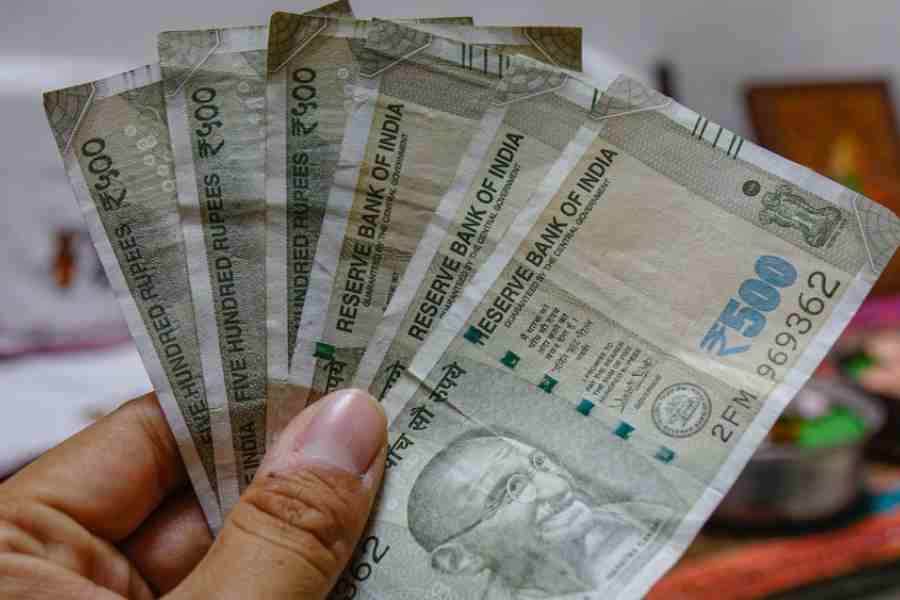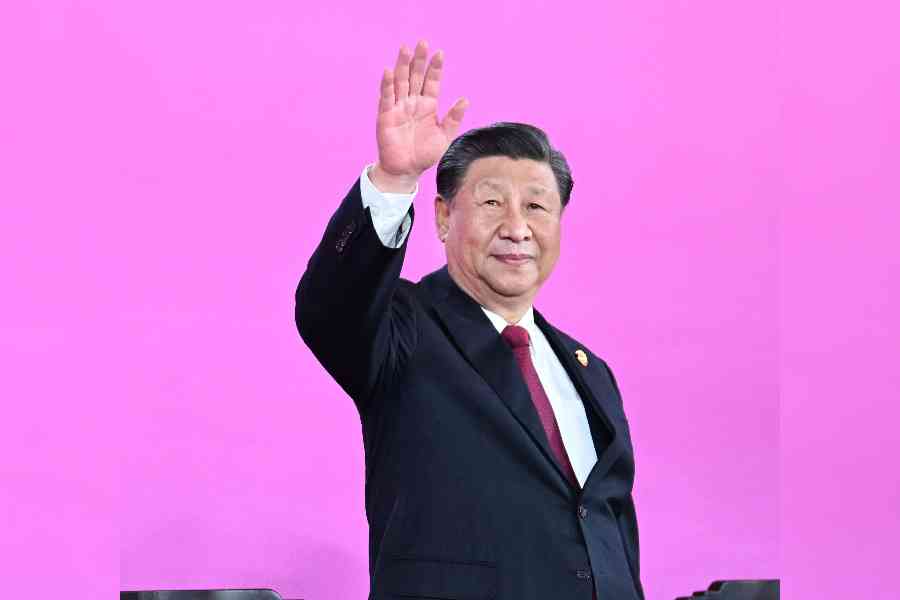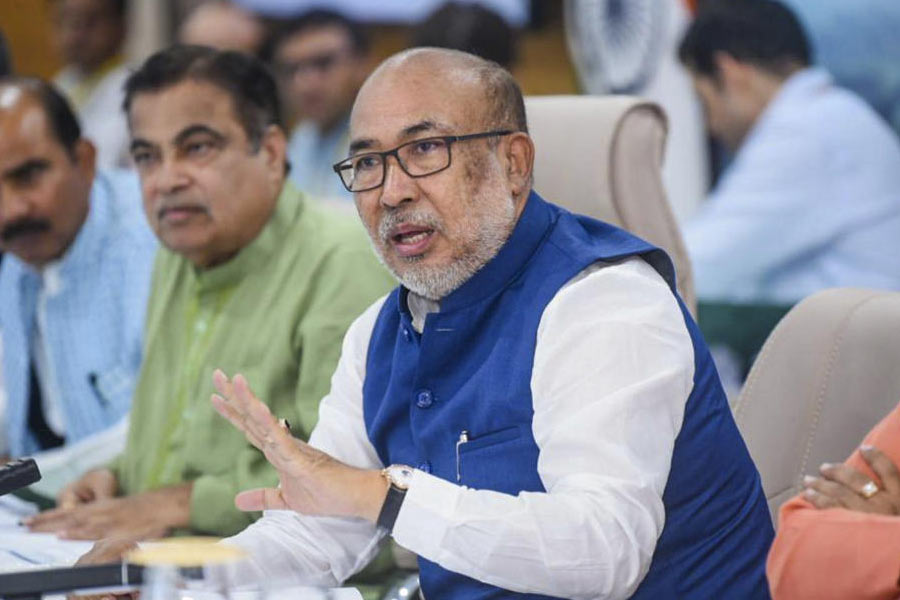A recent report compiled by The Reporters’ Collective, a group of investigative journalists, found that a significant number of Central government development schemes were underfunded under the watch of Prime Minister Narendra Modi. The percentage of such underfunded schemes was large — 71.9% of 906 schemes. The extent of underfunding was severe too; about one in five schemes was able to spend less than half of the budgeted amounts. These schemes are wholly funded by the Centre and not sponsored wherein a part of the responsibility of success would lie with state governments. To take just one example, in the Pradhan Mantri Karam Yogi Maandhan, 30 million retail traders were to be given monthly pensions of Rs 3,000. This was announced in Parliament with much fanfare in 2019. In the first year of the scheme, Rs 7,500 million was allotted. However, at the end of the year, only Rs 1,559 million had been distributed. During the next three years, the budgeted amounts fell to Rs 30 million. Of this amount, only Rs 1 million was utilised. Of the 30 million beneficiaries, only 50,000 received pensions till the end of 2023. The heaviest axe of underfunding fell on welfare schemes where poor citizens were the direct beneficiaries. Schemes covering education, health, infrastructure, roadways, and renewable energy suffered the same fate.
The report presents data on underfunding. Certain opportunistic traits of governance can be easily discerned from the evidence. It is easy to announce a scheme and publicise it for electoral gain and then reduce its size and scope. This is an effective way of bluffing citizens even if there are some beneficiaries. The second way of weaponising underfunding is to use the pruned allocation to favour constituencies close to the party in power. This amounts to using public funds for political gain, a phenomenon that afflicts India’s political economy. Severe and systematic underfunding make development targets hard to attain. For instance, the underfunding of educational schemes would make other targets concerning literacy and educational attainments difficult to meet. This, in turn, leads to situations where the government is tempted to fudge macroeconomic data. The Centre should be held accountable for such deviations. As a nation, India applauds budgetary announcements; but Indians seldom examine the fate of the schemes that are announced.










